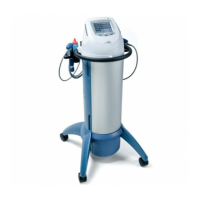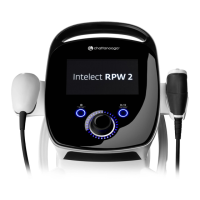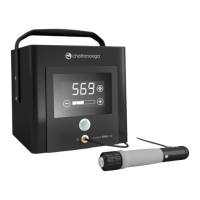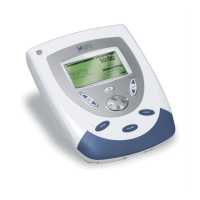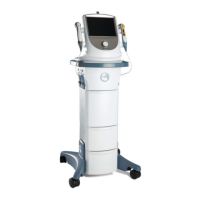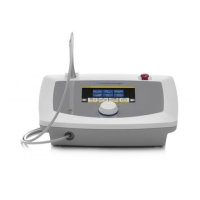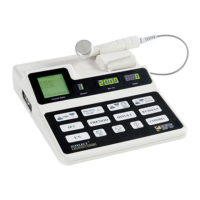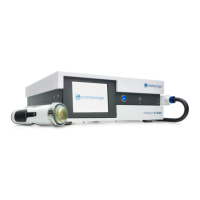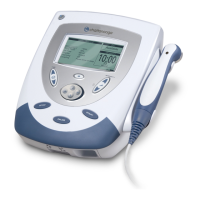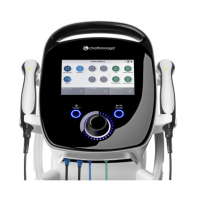What to do if no valid treatments were found on the Patient Card of my Chattanooga Intelect RPW?
- MMelissa KelleySep 23, 2025
If the Patient Card button was pressed, but no valid treatments were found on the Patient Card of your Chattanooga Medical Equipment, ensure valid treatments are saved on the Patient Card.
